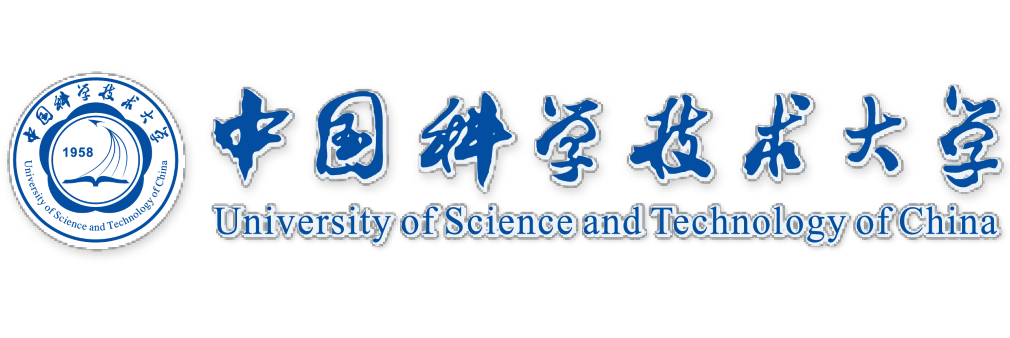Install DeepMuon
The installation can be accessed from sereval sources, and they are all stable editions. Please make sure you have met the prerequisites (such as numpy). Here we list some important prerequisites of DeepMuon:
| Package Name |
Edition |
| click |
tqdm |
numpy |
pandas |
nni |
Latest Recommanded |
| prettytable |
ptflops |
torchinfo |
captum |
monai |
| pynvml |
psutil |
GPUtil |
matplotlib |
timm |
| SimpleITK |
scikit-learn |
scikit-image |
tensorboard |
yapf |
| parso |
opencv-python |
rdkit |
pymatgen |
|
Most of the prerequisites listed above will be installed automatically when installing DeepMuon, however, you need to first make sure PyTorch >= 1.12(CUDA edition) was installed properly
before you install DeepMuon. The lowest tolerable edition of PyTorch is 1.10.0., otherwise DeepMuon may occur fatal mistakes.
We strongly suggest you install torchvision and torchaudio at the same time. also you need to install nni manually, which is not available yet on MacOSX, as a result,
the Neural network hyperparameter searching (NNHS for short) function will be disabled without nni. What's more, the dgl module is needed if you want to use the graph neural network
provided by DeepMuon.
As for the python environment, the lowest edition of python should be python 3.6.0
DeepMuon support Windows/MacOSX/Linux platforms, we recommend you to install DeepMuon from source to get the best customizable experience.
DeepMuon is constructed based on latest (>=1.12) PyTorch, and the supported edition should larger than 1.10. Because not all users' platform support latest pytorch, so the feature Fully Sharded Data
Parallel (FSDP) would be disabled if torch's edition is low (such as torch=1.10.0).
From source step by step:
git clone git@github.com:Airscker/DeepMuon.github
cd DeepMuon
pip install -v -e ./






